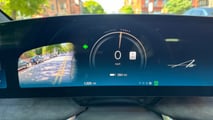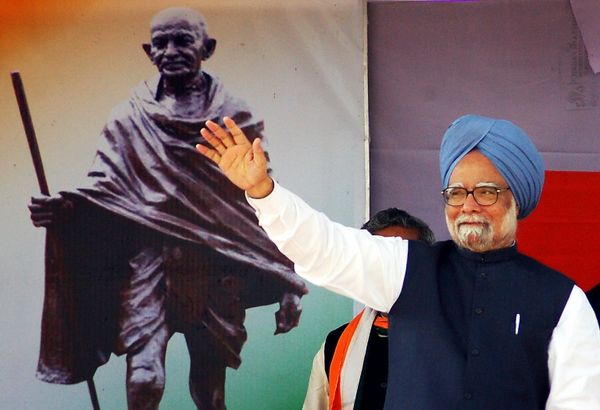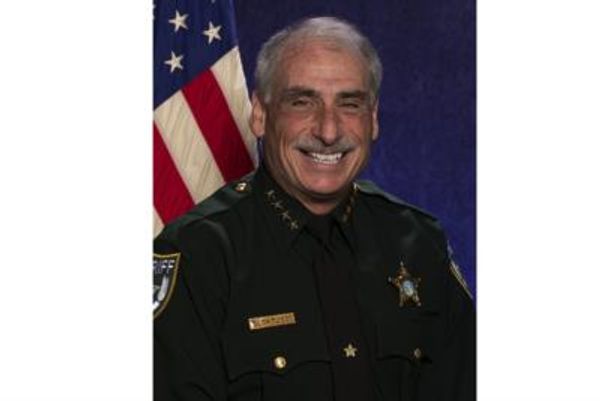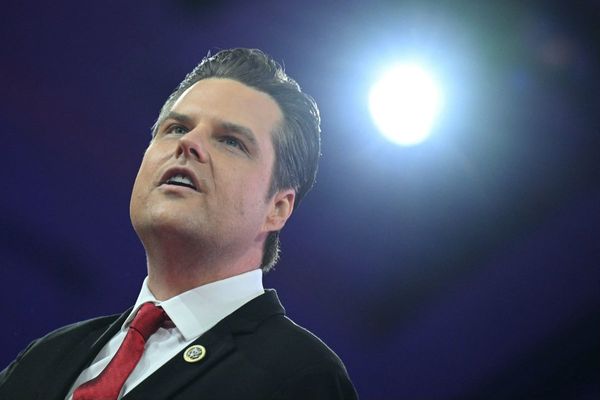- EV experts covered over 2,800 miles in a Lucid Air Grand Touring on a coast-to-coast drive across the U.S.
- They found that the density of chargers had vastly improved and the chargers themselves had better interfaces than the ones in Europe.
- Some reliability and authentication issues persist, however. That's something OEMs and charge point operators can work on.
Limited driving range and scant charging infrastructure are considered two of the biggest roadblocks to wider adoption of electric cars. While both aspects have room for improvement, it’s also true that the U.S. has taken a big leap in those departments over the past few years. That’s what two EV experts recently found after driving coast-to-coast in an EV, taking just seven charging stops to cover thousands of miles.
Julius Wilhelm and Janek Metzner of German EV software firm Pionix Gmbh recently drove a 2022 Lucid Air Grand Touring from Los Angeles to New York, covering the so-called Cannonball Run route. The duo, who are also the authors of the Electric Avenue newsletter, drove 2,806 miles across the country and claimed to set a world record for the fewest charging stops taken for a coast-to-coast drive. They stopped only seven times to charge, covering over 400 miles between every stop.
Gallery: 2024 Lucid Air Grand Touring







Several EV experts have driven coast-to-coast in an EV before. Ryan Levenson of The Kilowatts YouTube channel who drove from L.A. to New York in a 2021 Tesla Model S in 42 hours and 17 minutes. InsideEVs’ pal Kyle Conner of the Out of Spec YouTube channel drove the other way round, from NYC to L.A. in a Porsche Taycan 4S. They both reported having terrible charging experiences, but both those runs were in 2021. Thousands of chargers have gone online in the U.S. since then.
Metzner and Wilhelm seemed to have run into fewer charging troubles compared to those on the previous runs. They found that driving coast-to-coast in an electric car was no longer a far-fetched dream, but a reality that anyone with some basic route planning can experience. They both used A Better Routeplanner and charging station locator PlugShare.
You don’t necessarily need a 500-mile EV like the Air Grand Touring either, as the average distance between fast chargers was between 30 to 50 miles, they said. (Although this varies between states, with some corridors in the central U.S. still having charging deserts.)
The duo started driving in L.A., crossing Nevada, Arizona, Utah, Colorado, Nebraska, Illinois, Indiana, Ohio and Pennsylvania before culminating their journey in New York City. Granted, the 2022 Air Grand Touring is a road-tripping beast. It has 516 miles of EPA range on the 19-inch wheels. It draws power from a 112 kilowatt-hour battery pack. The EV experts on this test rented one with 21-inch wheels, so their real-world range was slightly lower, but well above 400 miles, which is more than what most EVs offer these days.
By the time they completed the trip, the Air consumed 697 kWh to cover 2806 miles, delivering four miles per kWh (15.5 kWh/100 kilometers) of efficiency. A 2024 Tesla Model 3 Long Range AWD has an EPA efficiency rating of 3.9 miles per kWh. So what the Air achieved in the real world is phenomenal. The duo also had a great charging experience for most part of the trip, with all Electrify America, ChargePoint and EVGo stations juicing up the Air at speeds of over 200 kW.

A 150 kW FreeWire Boost dispenser gave them some troubles. They arrived at the charger with 0% range and the charger throttled speeds due to overheating.
“Heat is your enemy. You require a lot more cooling during fast charging sessions. You need cooling on the [car’s battery], on the charger, on the cable and then cooling for the cabin,” Metzner said. Luckily it added 15% back into the battery, enough for a drive to another nearby station. The best charging speeds they saw was at a 350 kW GM Energy station in Hubbard, Ohio, where the Air peaked at 295 kW.
“There is sufficient coverage of fast chargers pretty much along the interstate highway system… Usually it’s between 30-50 miles between every fast charger. So in general, charger density is pretty good,” Metzner said. Still not everyone can afford a $110,000 Lucid Air Grand Touring that can drive over 400 miles on a single charge. “We need both reasonably priced cars with reasonably sized batteries. We also need reliable infrastructure and more density,” he added.
In a blog summarizing the trip, they wrote that the user interface of newer chargers in the U.S. was more customer-centric compared to the chargers in Europe. “Credit card prices are displayed transparently on the standby screen and the integrated FAQ and the sequence on how to start a session are helpful. Showing current total session costs also helps to know what costs to expect before the session is finished." It’s worth reading in full as there’s plenty of real-world information about both the good and bad of covering vast distances in the U.S. in an EV.







